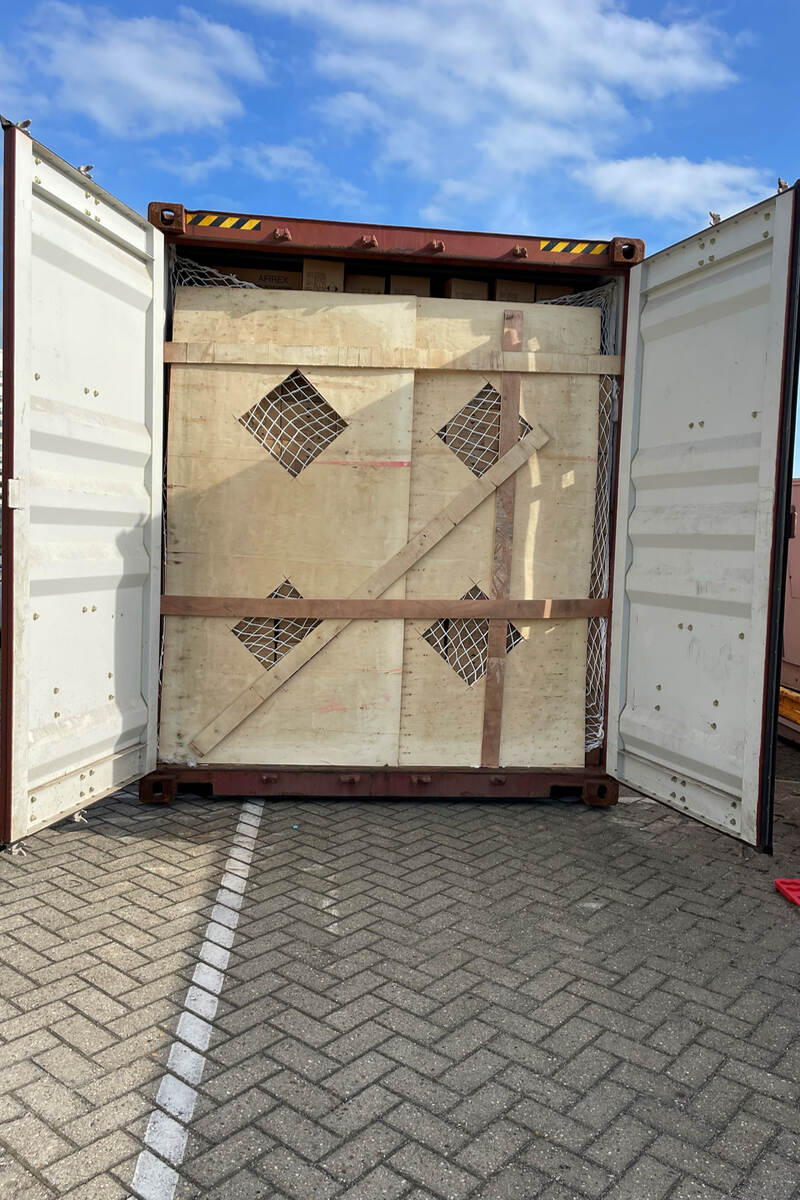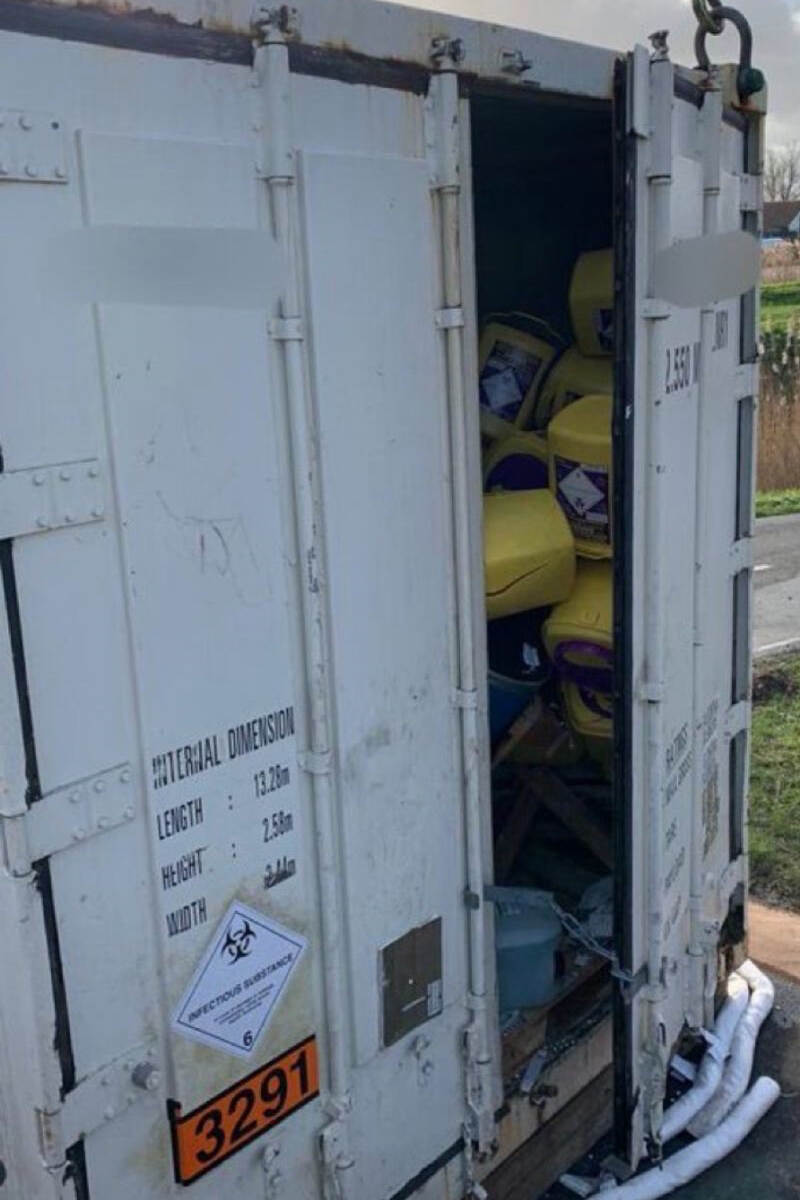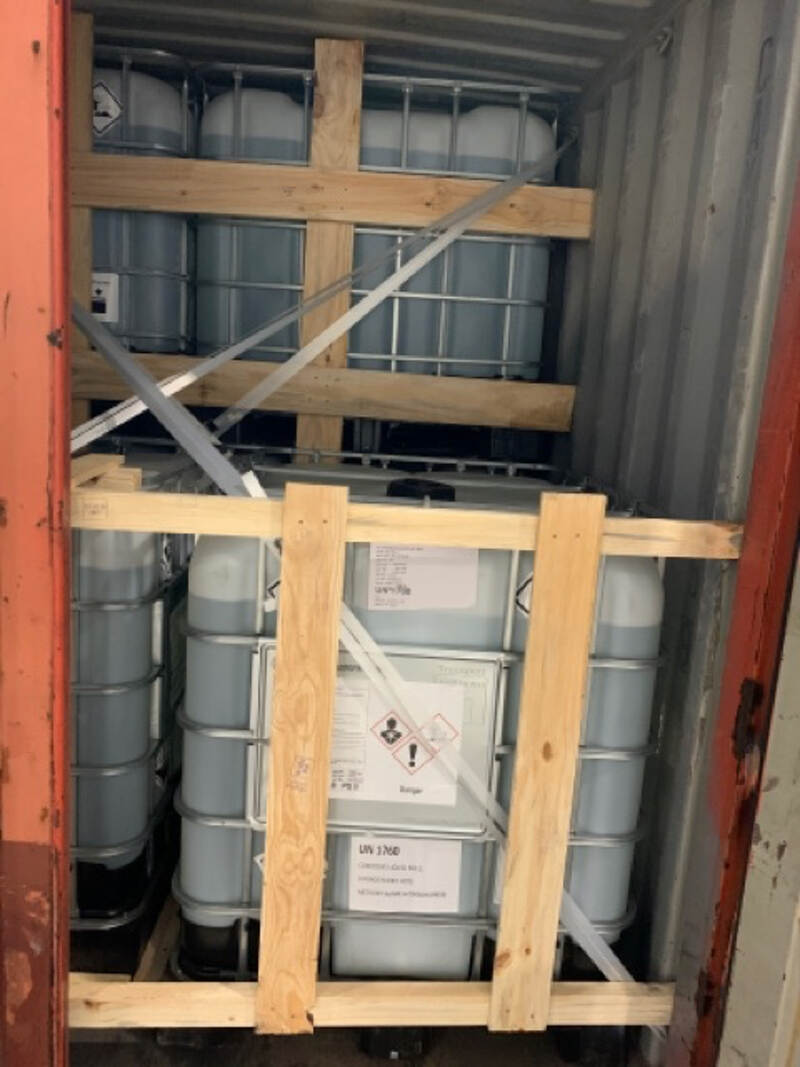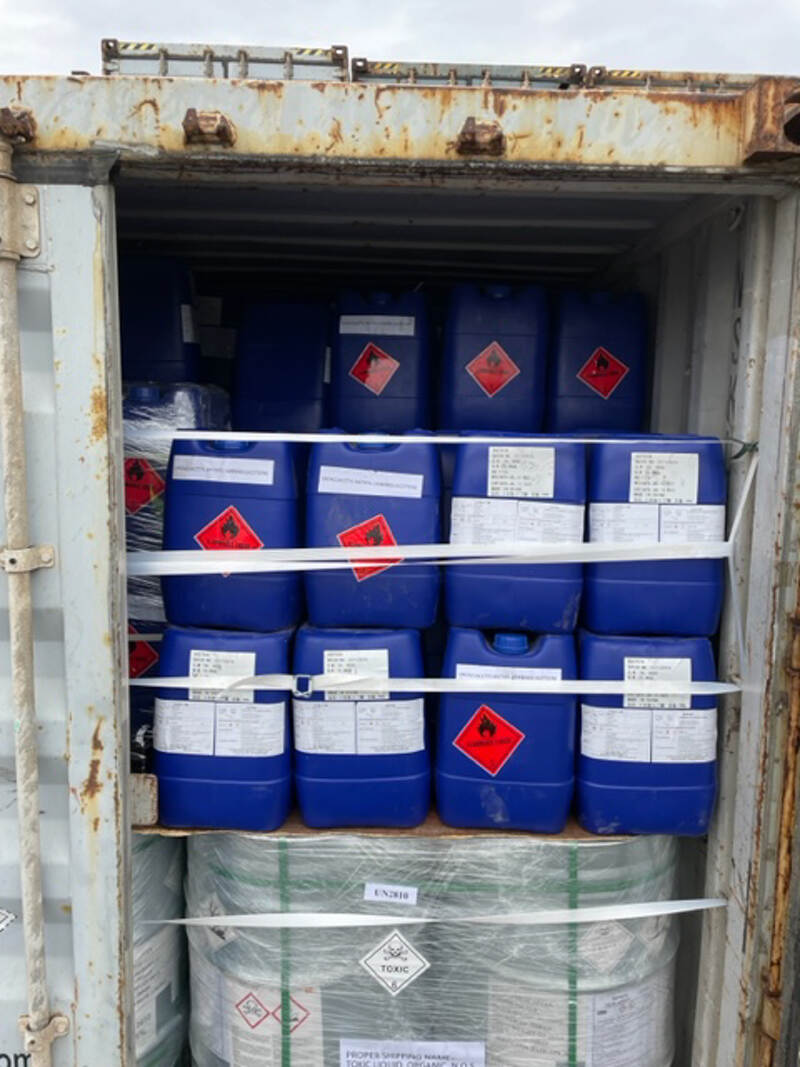International regulations apply to the transport of dangerous goods by sea. There are also requirements for loading and unloading dangerous goods on and off vessels. In the Netherlands, the Human Environment and Transport Inspectorate (ILT) oversees whether carriers comply with the rules. The ILT also carries out oversight responsibilities in the Caribbean Netherlands (Bonaire, Sint Eustatius and Saba). In Curaçao, Aruba and Sint Maarten, the ILT supports local inspectors. Below you will find more information, and some examples of proper and improper labelling and stowing situations.
Dangerous goods
The different types of dangerous goods are divided into 5 categories:
- Verpakte stoffen (goods in packaged form), as described in the International Maritime Dangerous Goods Code (IMDG Code).
- Vloeibare chemicaliën (liquid chemicals in bulk), as described in the International Bulk Chemical Code (IBC code, in Dutch).
- Vaste bulkstoffen (solid bulk cargoes), as described in the International Maritime Solid Bulk Cargoes Code (IMSBC-Code, in Dutch).
- Gassen (gases), as described in the International Gas Carrier Code (IGC Code).
- Verpakte nucleaire materialen (packaged irradiated nuclear fuel), as described in the International Code for the Safe Carriage of Packaged Irradiated Nuclear Fuel, Plutonium and High-Level Radioactive Wastes on Board Ships (INF Code)
Training or retraining required
Training or retraining shall be required to correctly apply all required regulations in practice. The functions and requirements for training are listed in the IMDG Code, section 1.3.1.6.
Important components during this training are:
- Describing the classes of dangerous goods.
- Knowing the regulations for labelling, packaging and securing dangerous goods.
- Knowledge of how to separate dangerous goods and how dangerous goods affect each other (compatibility).
- Defining the purpose and content of transport documents and available emergency documents.
Land-based personnel
Professionals working with dangerous goods on land face legal duties. These duties include:
- Classifying, packing, marking and labelling dangerous goods.
- Loading and unloading Cargo Transport Units, CTUs.
- Putting transport documents in order.
- Offering and accepting dangerous goods from the carrier.
- Handling the dangerous goods during transport.
- Preparing a loading and stowage plan and loading and unloading the dangerous goods.
- Inspecting and/or examining, to check whether the required rules are applied.
Labelling
Packaging containing dangerous goods must have labels marked with symbols. This makes it clear that the packaging contain dangerous goods and what the main hazards are. In addition, labels play an important role in case of emergencies. Shipping personnel and emergency workers are better informed: the specific dangerous properties are known, it is clear which extinguishing agents and protective clothing are needed. The IMDG Code describes exactly how large the labels, symbols, and text should be and in what colours. Packaging containing environmentally dangerous goods must display specific labels.
Label dangerous goods clearly
Dangerous goods must be labelled. These labels must be clearly legible and visible and measures must be taken to avoid any damage to the label.
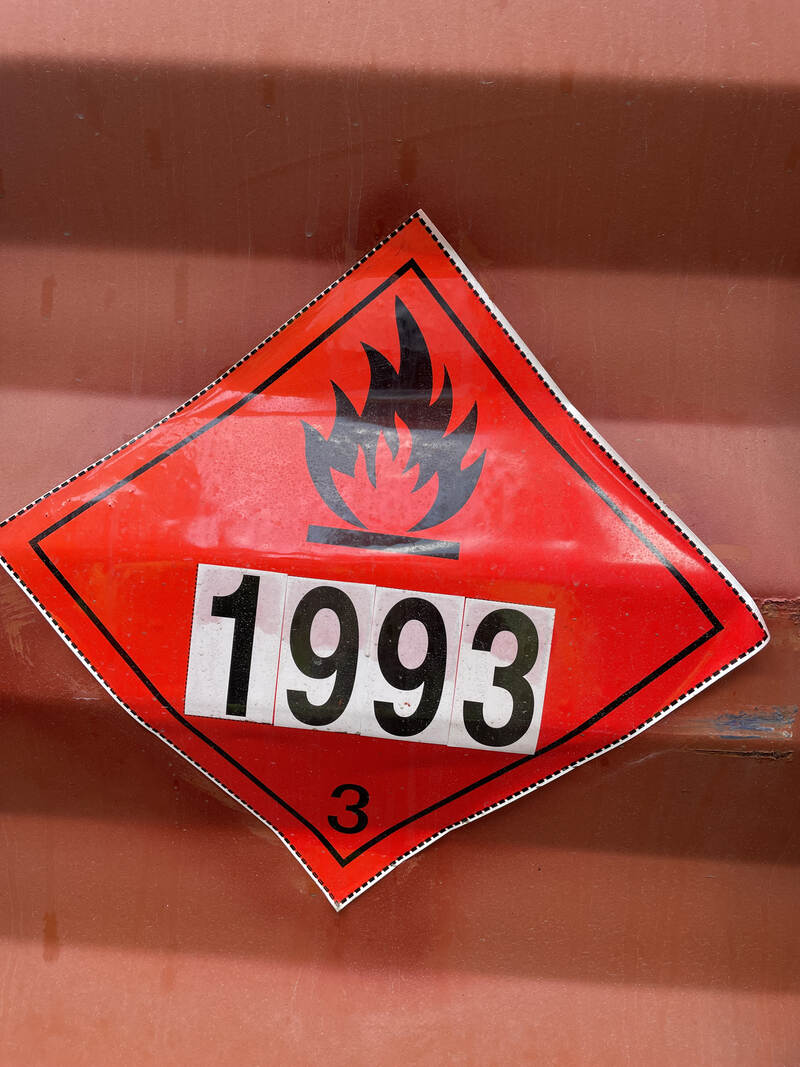
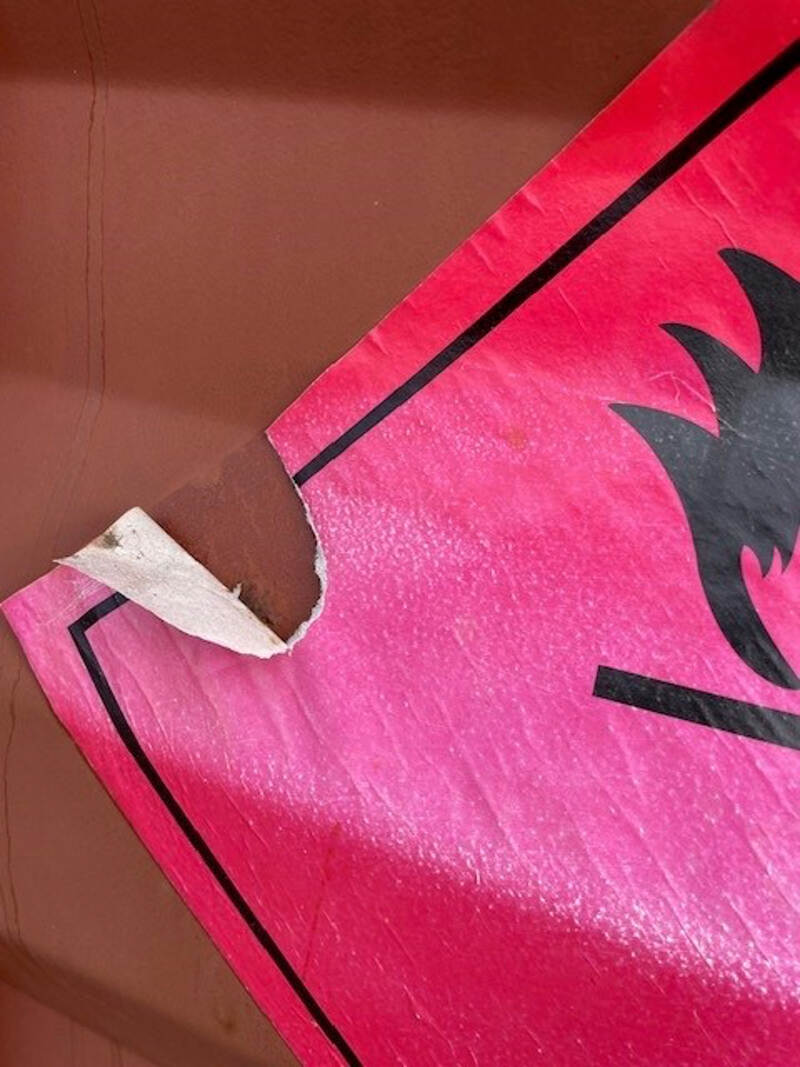
Packaging
The law specifies exactly which dangerous goods can be transported in which type of packaging. This takes into account, for instance, the corrosive effect of substances and formation of gases that can put pressure on packaging. Good packaging, labelling and documentation reduce risks when shipping dangerous goods.
The sender is responsible for the proper packaging of the dangerous goods. To determine the packaging in which a substance may be shipped, the Dangerous Goods List in the IMDG Code lists the UN number (the United Nation number assigned to dangerous goods) of the dangerous goods you are going to transport. The UN number should also be clearly visible on the packaging.
Stow hazardous substances with care
Make sure that dangerous goods to be shipped in a container are well secured, with a net, straps, planks or cleats. Secure rows of stacks that protrude above other stacks separately. This will prevent dangerous goods from falling out of the container if it opens or falls due to an incident.
